What’s the most loved/hated carburetor induction system?
While I have concerns that I may draw your ire by sucking you into another question for our According to You series, such is my job. I rarely choke when it comes time to go full throttle for the Hagerty Community, so let me ask this question and offer some suggestions to spur discussion in the comments:
What’s the most loved (or hated?) carburetor induction system?
I hope the slideshow above provides some inspiration. But if you need to hear a new set of suggestions, ones that are rarely given the oxygen of publicity?
Get jetted up for these two or perhaps adjust your idle speed, because these embody the love and hate that only a lover of Lincoln and Mercury vehicles could embrace.
The one I love: Super Marauder

How can you not love the first engine to make 400 horsepower? On the 1958 Super Marauder engine, the triple carburetor setup was hidden under a finned aluminum cover, boldly proclaiming the mill’s advertised output in the process. Beyond cool. 430 cubic inches making that much horsepower likely broke a few hearts at your local stop-light grand prix in the late 1950s. What a shame this particular configuration was only available for one year!
But I am here to break the Super Marauder’s heart once again, as this Lincoln-Mercury fanboi grew up in a different era and saw other forms of induction as a budding automotive enthusiast.
My secret crush: EEC I + Variable Venturi Carburation
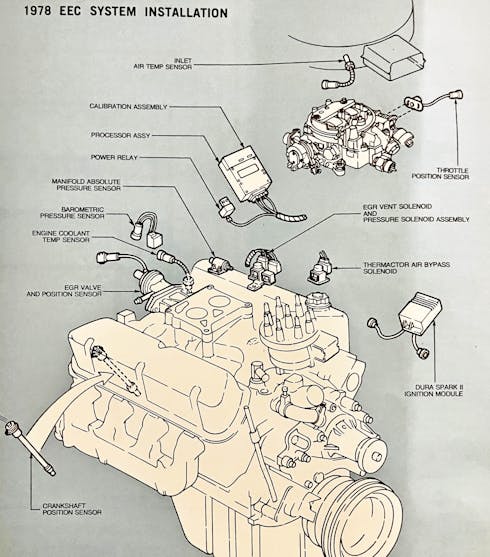
Sometimes it is not easy being Gen X; I grew up with slow cars that got faster as the Malaise Era turned into the modern era. There were a few systems that started that path to 717-hp Hellcats, 650-hp Camaro ZL1s, and 700-hp F-150 Raptor R trucks. Chrysler had Lean Burn, General Motors had E4M Quadrajets with Computer Command Control (CCC), and Ford had Variable Venturi carburetors with Electronic Engine Control (EEC).
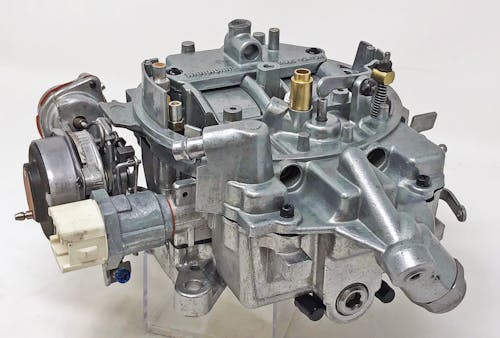
No matter the automaker, these systems all lived short yet inspirational lives for future vehicles with fuel injection. But only Ford kept the naming convention: through the first EEC-I carburetor in the mid-1970s to today’s EEC-VII for modern vehicle needs and concerns. I love and hate the history of EEC: I love to enjoy it from a historical perspective, but hate to fix it when the technology fails over time and/or usage.
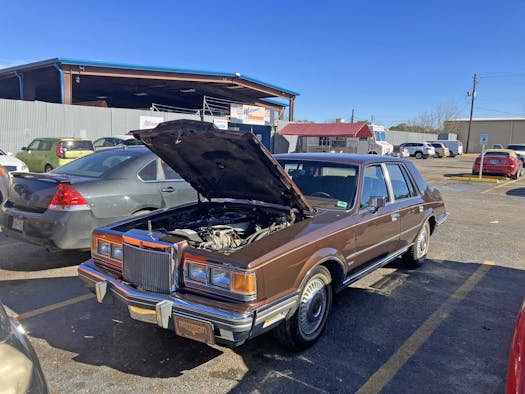
Then again, that notion got spun on its head when I learned that the failed idle circuit on my fuel-injected, EEC-III-powered, 1983 Lincoln Continental was easily, quickly, and affordably addressed with parts from EEC-I and its Variable Venturi–carbureted forefathers.
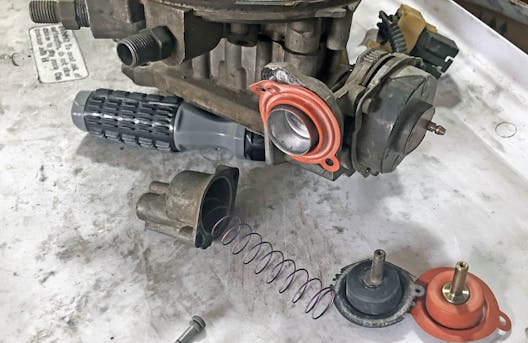
I mean, you coulda knocked me over with a feather. One new vacuum diaphragm (I got two because they were $5 each!) in the EEC-III induction system and the Continental ran like new again! Like new, but not like a new car, of course: The EEC-III setup is slow, clumsy, and nothing more than a fun throwback to the bad old days of my childhood.
But I’ve gone way off-topic, possibly with little benefit to the Hagerty Community. So again, I implore you: What’s the most loved (or hated?) carburetor induction system?
***
Check out the Hagerty Media homepage so you don’t miss a single story, or better yet, bookmark it. To get our best stories delivered right to your inbox, subscribe to our newsletters.
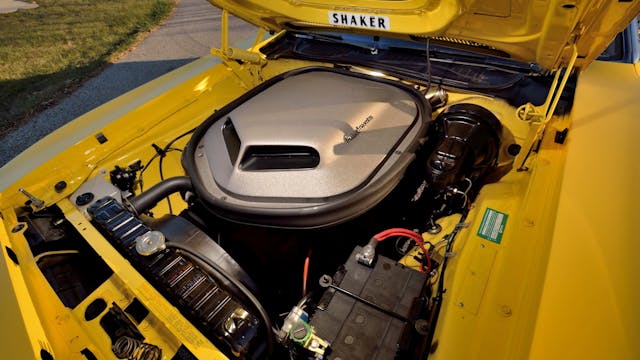
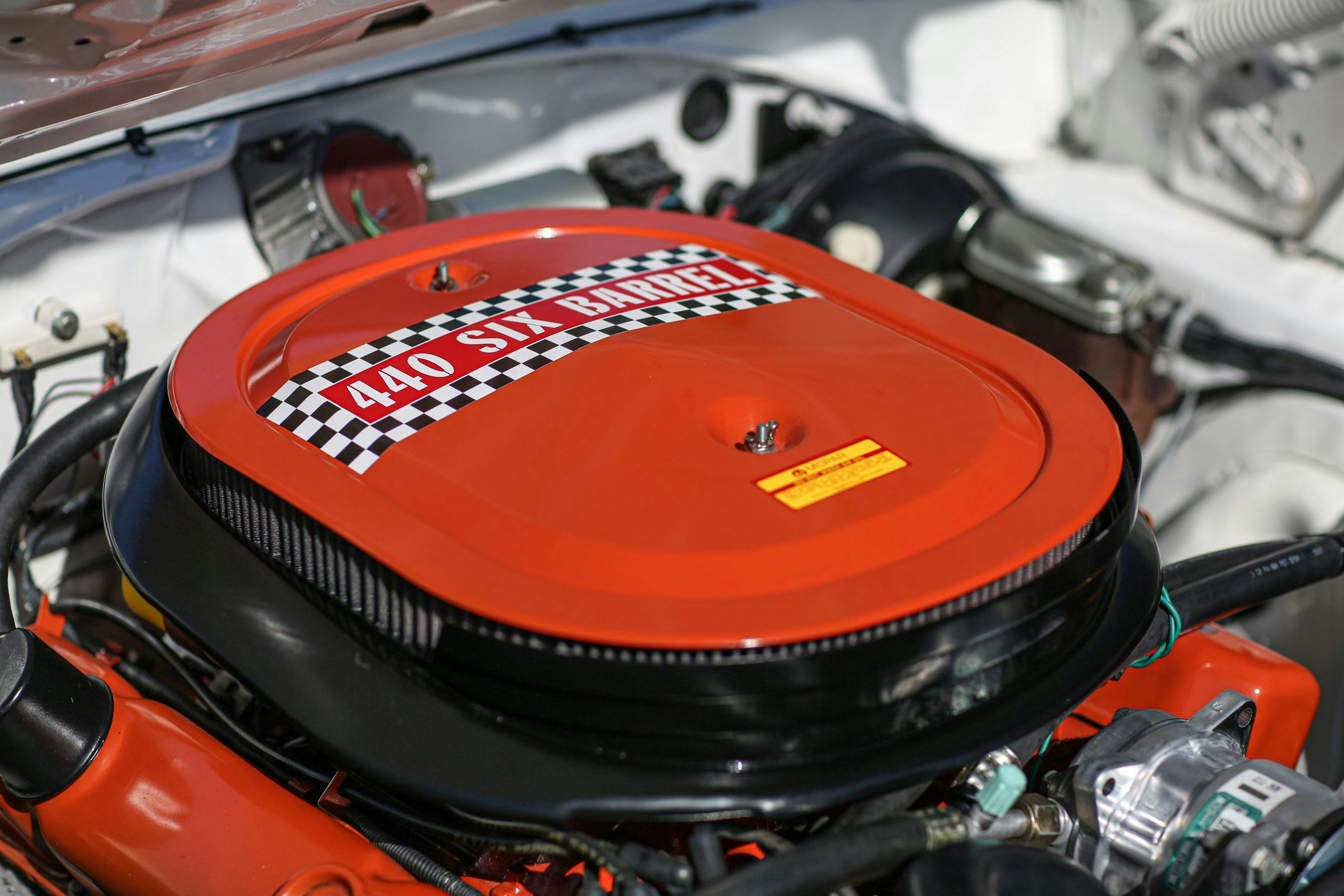

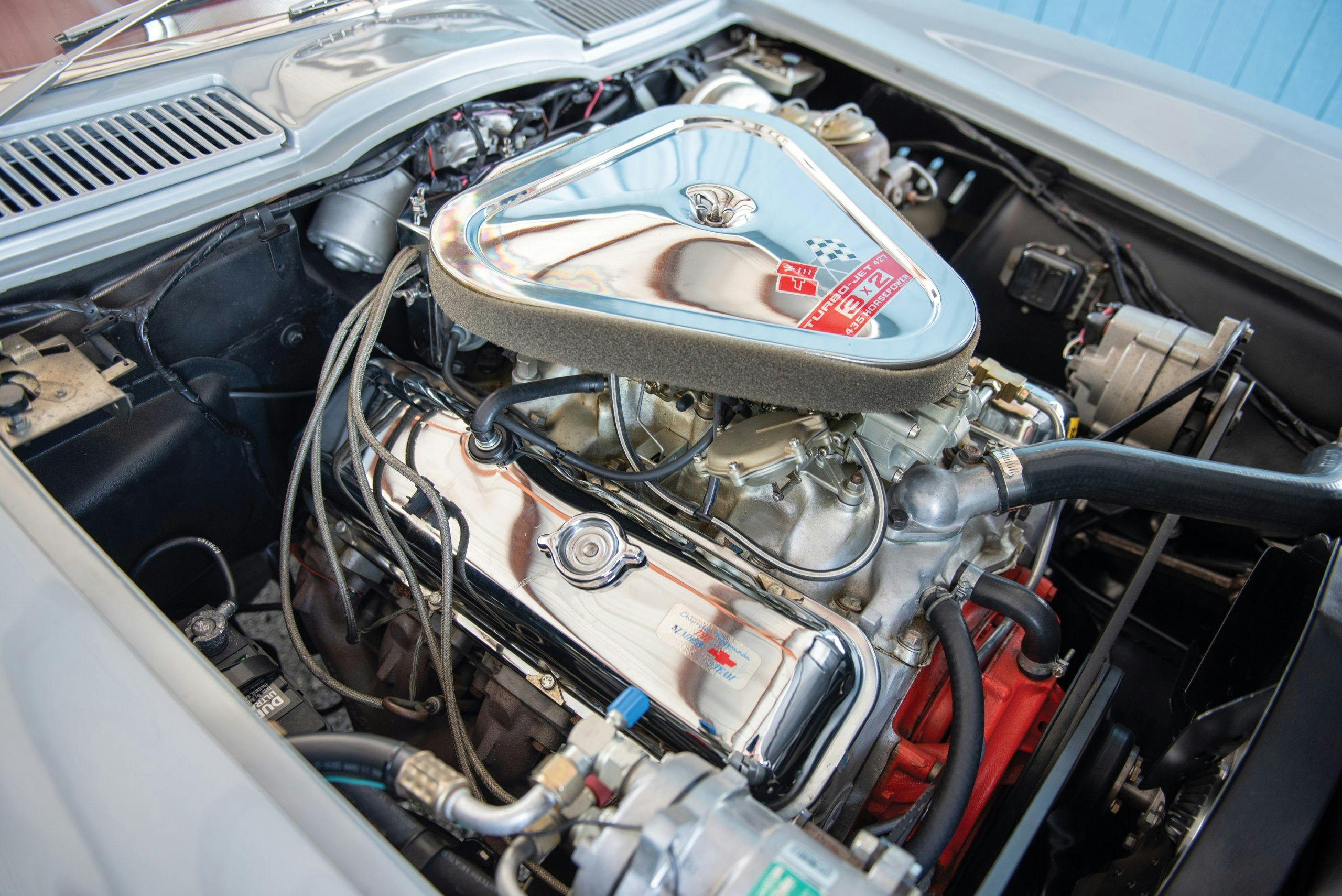

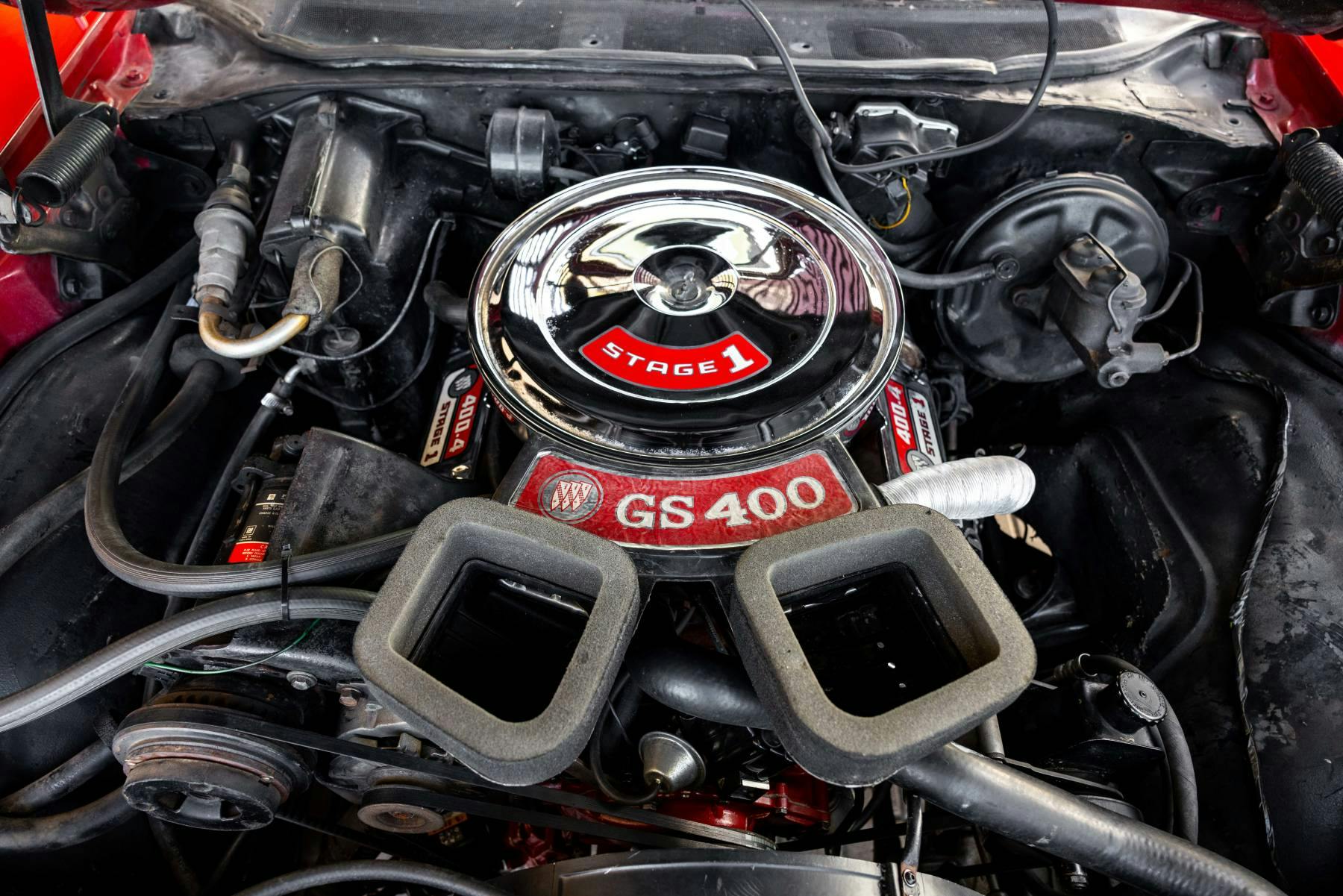
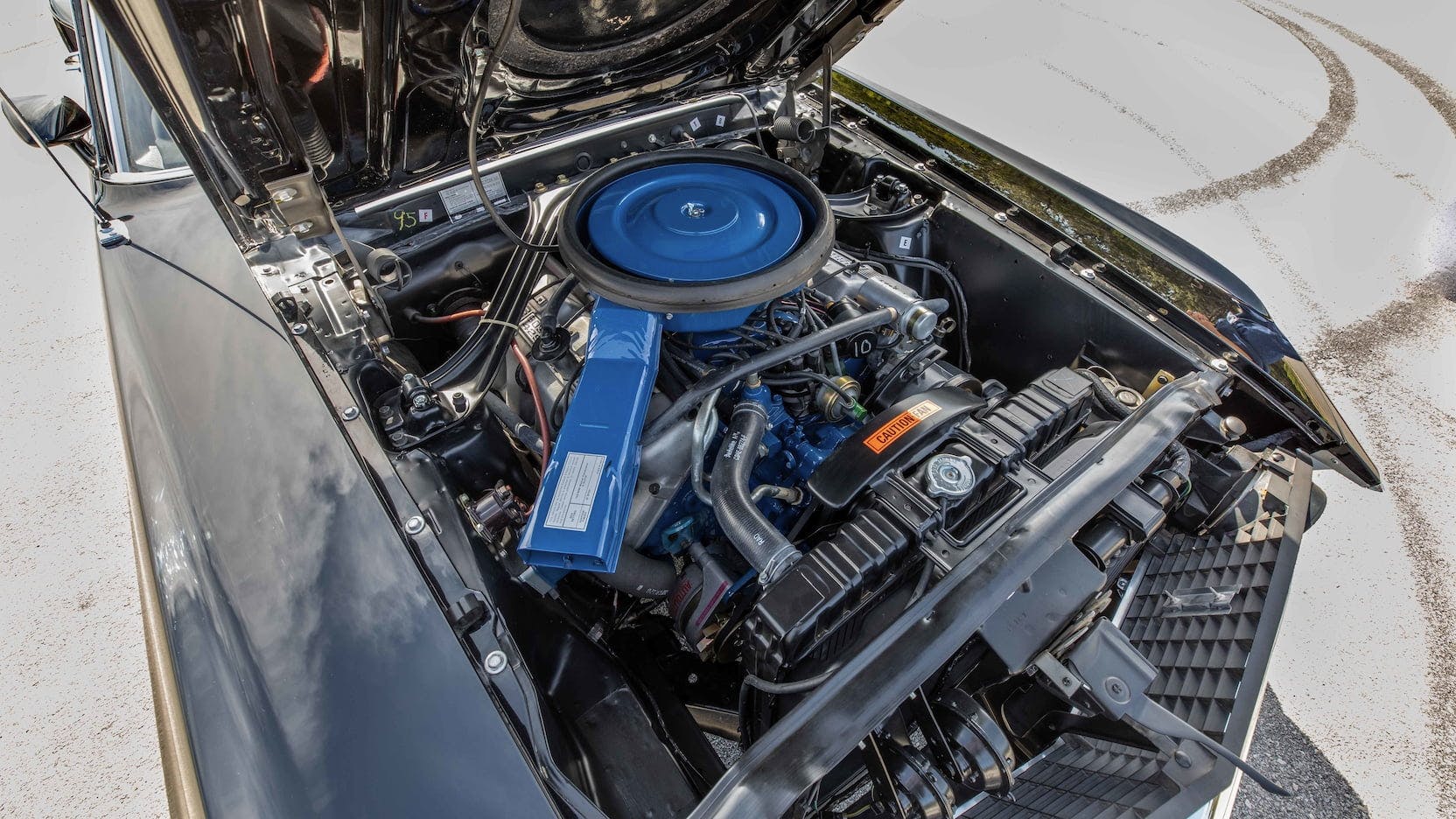
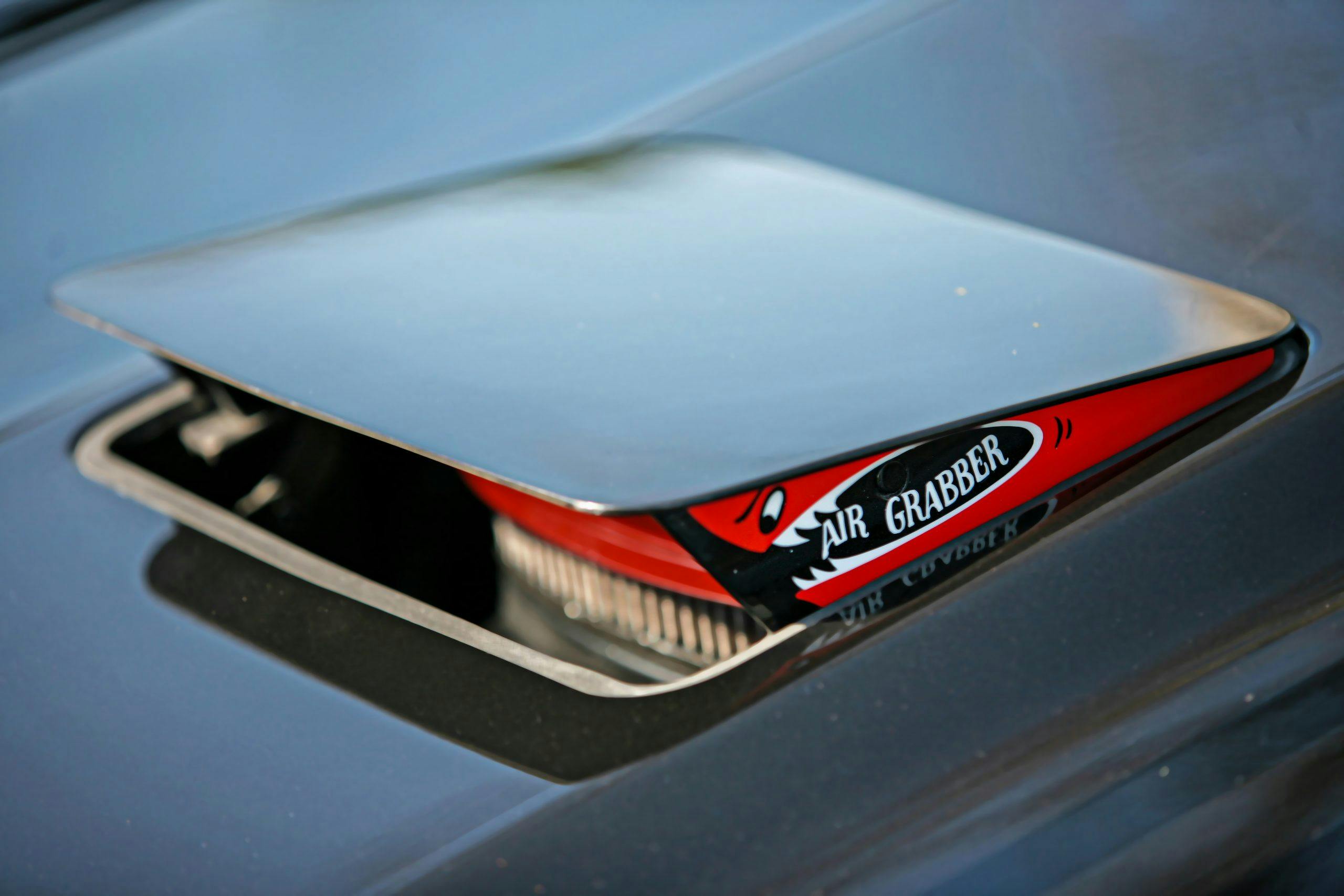
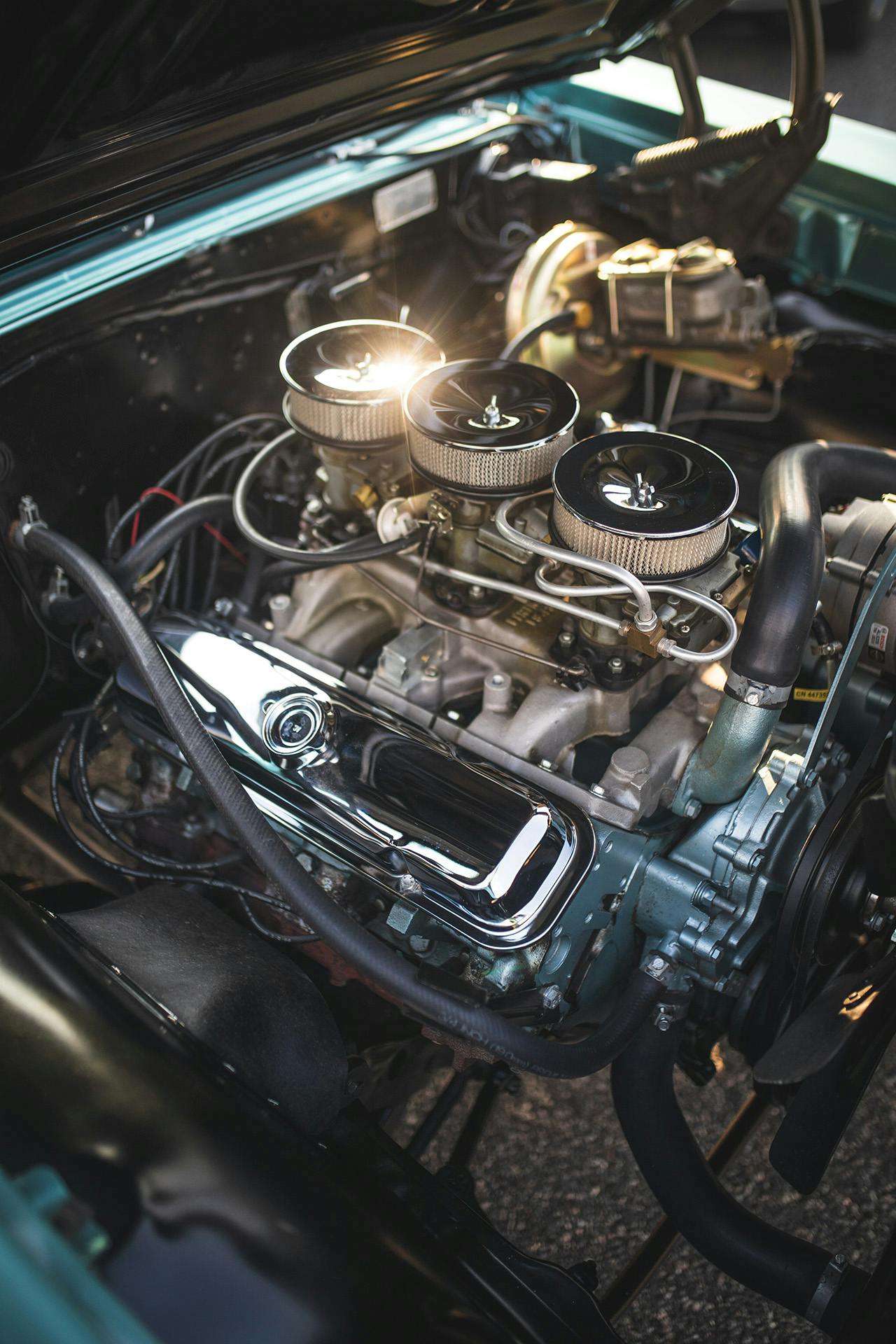




“Throw everything K-Jetronic into the garbage and get you a pair of these (Webers).”
Amen, brother
Nothing like the dual Carter AFBs on a 426 Hemi properly tuned. Even the FSM tuning and synchronization procedure is a pleasure to perform.
I love the Tri-Power on my T-Bucket. Exposed engine maximizes the visual impact. Halfway into the pedal you’re suddenly pushing against three times as many return springs and the power REALLY starts coming on. Contrary to all the rumors you hear about how difficult they are to set up from blowhards with no experience they are the easiest in all of mine.
https://www.youtube.com/watch?v=80lBz3PwXRY
And by the way: a clean, leak free Q-Jet is as cheap, well performing and reliable as you can get.
And that 6X2 in the photo by Patrick Ernzen is gorgeous.
Someone else mentioned the SU carbs. I have them on a MGA and think they’re simple and easy… but man you should hear the weird comments I get. People seem to hate them. I had the Weber downdraft replacement on a mgb and you couldn’t dial out the dead spot before the secondarys; if you check the MGB forums you’ll see it’s a known and accepted feature… but I never understood why it was better than SUs
Just the mention of Lean Burn gave me a headache.
No love for the old Mopar Cross Ram?
Try though one might, the Quadra-Bog remains indefensible.
Q Jets were a great street strip carb. Plenty of tuning parts. Jets, metering rods ,springs, secondary rod hangers, idle emulsification tubes. Well seals. Kits, os inlets. You name it. The days of carbs may be over but not forgotten. Still have 4 or 5 on the shelf.
Geo. Linton (crane cams) built both Nora national recholders in cmp and bmp. 327 Chevy most popular eng of time. Cheater slicks 7 inch tires made by escapers, probably most = race cRs in history. Both had carter cross ram. Both had 36 or so air entry boxes both had secondary aux butterfly’s you could add lead and control traction. No other 327 with = reastrictions was faster or quicker See Ken Peterson cmp and Earnie Dutra bmp in the mid 60s both could run 1/2 second under national record BEST CARB
Worst ever is easy. Maserati Biturbo. Your fuel system really shouldn’t start engine fires so frequently. Putting it under a flammable hood blanket was just an added bonus.
Why no mention of true, variable venturi, constant-vacuum carburetors? In particular SU. This is a brilliant design of true engineering elegance. With it’s continuously-variable fuel metering matched to venturi opening, it is the transition design between carburetors (or carburettors) and throttle-body fuel injection.
In the hands of a moderately-experienced person, they are dead-easy to tune. And, they stay that way for a long time. Unfortunately, all too often, Jim Bob at the corner fillin’ station, or some other ignorant clod got his mitts on them. Then they usually didn’t perform well. That’s how they got a bad rep in the US.
I don’t have a favorite but the malaise era crap carbs were not fun to deal with. I’m an EFI guy myself. I do like a pretty cover over the carbs though.
1957 J2 Olds, luckily my buddies father made the three duces work properly, all I had to do was keep gas in it.